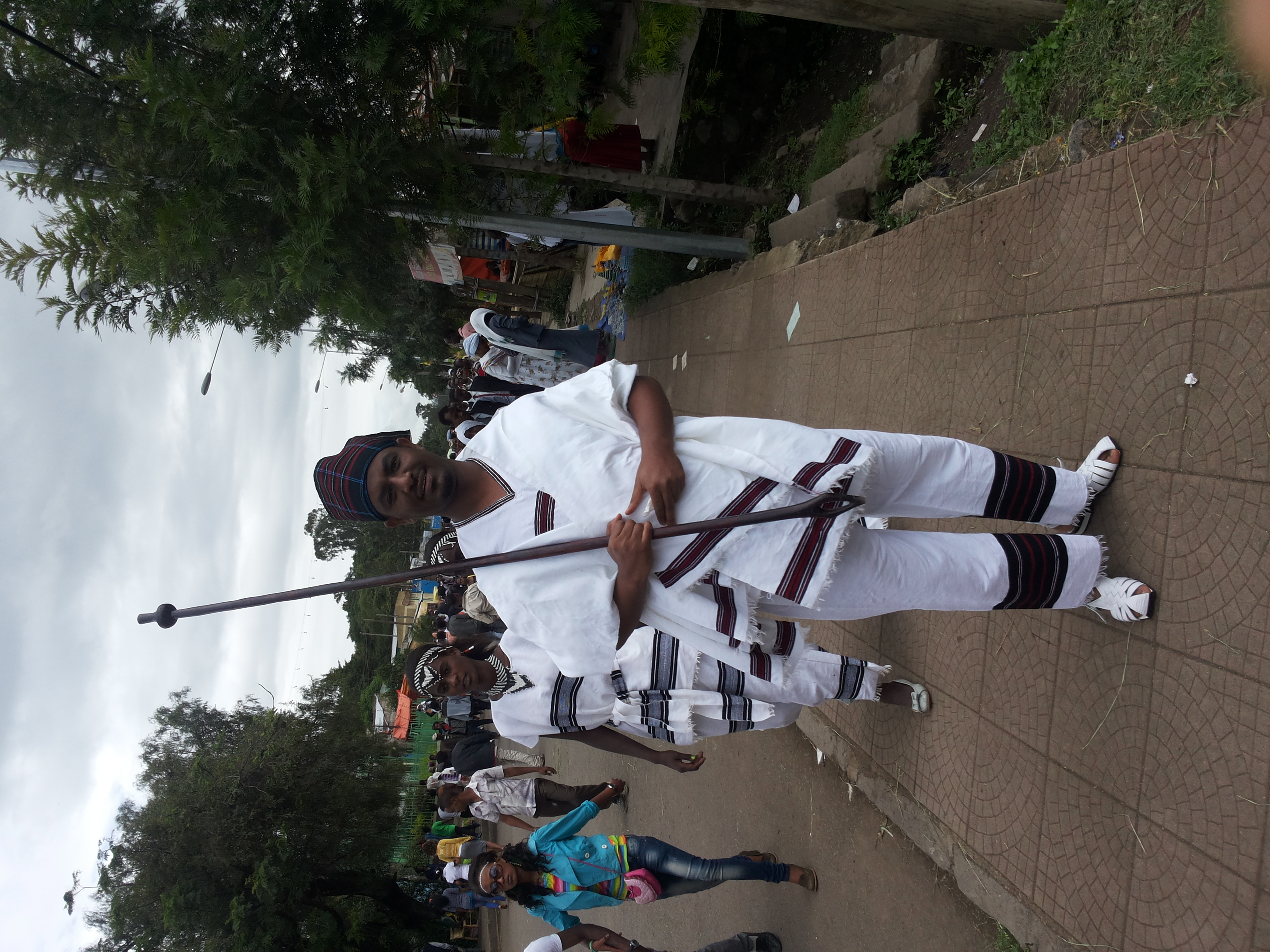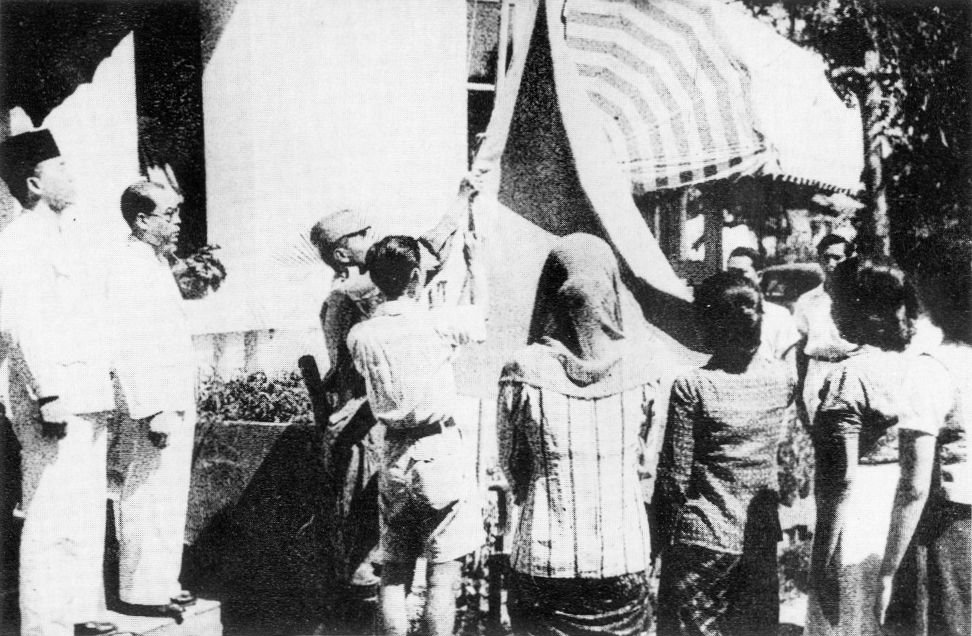|
Acintya
Achintya (from Sanskrit: अचिन्त्य, "the inconceivable", "the unimaginable"), also known as Sang Hyang Widhi Wasa ( Balinese: "The Divine Order") and Sang Hyang Tunggal ("The Divine Oneness"), is the Supreme God of Indonesian Hinduism (formally known as ''Agama Hindu Dharma''), especially on the island of Bali. Achintya is equivalent to the metaphysical concept of Brahman of Indian Hinduism and is the Supreme God in traditional ''wayang'' ( shadow puppet) theatre. All gods, goddesses, and existence are believed to be the manifestation of the Achintya in Balinese Hinduism. Role Achintya corresponds to a rather recent trend towards monism in Bali, according to which there is one supreme deity, and that all other gods are only manifestations of him. Achintya is emptiness and considered as the origin of the Universe, all other divinities emanating from him. He is often associated with the sun god, and depicted in human form with flames around him. His nakedness e ... [...More Info...] [...Related Items...] OR: [Wikipedia] [Google] [Baidu] |
Padmasana (shrine)
A Padmasana is a shrine (Balinese language, Balinese: ᬧᬮᬶᬗ᭄ᬕᬶᬄ, ''palinggih'') in the form of a tower, crowned with an empty throne to worship Sang Hyang Widhi Wasa, Ida Sang Hyang Widhi Wasa, a manifestation of God, Supreme God in Balinese Hinduism, Balinese Hindu belief. The term ''padmasana'' is derived from the Sanskrit, meaning ''lotus throne''. A Padmasana shrine is usually located in the ''Utama Mandala'', the holiest of holies of a Balinese temple compound, and is usually the focal point of worship in ''sembah, sembahyang'' rituals. Etymology Padmasana is a Kawi (Old Javanese) word, originally derived from Sanskrit. ''Padma (attribute), Padma'' means "lotus flower" or "center", and ''asana'' means "being seated" or "guidance" or "advice". The lotus flower is commonly depicted as a seat for deities in Hindu-Buddhist art. According to one interpretation, it symbolises the (macrocosm) which is the ''stana'' (abode or resting place) of God. Symbolism A Padm ... [...More Info...] [...Related Items...] OR: [Wikipedia] [Google] [Baidu] |
Dang Hyang Nirartha
Danghyang Nirartha, also known as Pedanda Shakti Wawu Rauh, was a Shaivite religious figure in Bali and a Hindu traveler, during either the 15th or the 16th century. He was the founder of the Shaivite priesthood in Bali. Nirartha is also called Pedande Sakti Wawu Rauh (the newcomer of Holy Priest); in Lombok he is known as Pangeran Semeru, and in Sumbawa as Prince Sangupati. Early life A representative of elite social milieus, Nirartha was a disciple of Muslim saint Sunan Sitijenar, Syekh Siti Jenar. Jenar was a Javanese member of the ''Wali Sanga'' (revered Muslim saints) in Java who proned a more mystical approach of sufism, called pantheist Sufism (union of man and God, ''wujûdiyah, manunggaling kawulo gusti'') - which opposed shariatic Sufism such as that of Sunan Kudus. Travelling to Bali: politics Balinese texts define Nirartha as “a poet, intellectual, wonderworker, and advisor to rulers”, a well-travelled innovator or reformer. He was sent by the Javanese ro ... [...More Info...] [...Related Items...] OR: [Wikipedia] [Google] [Baidu] |
Catholicism
The Catholic Church (), also known as the Roman Catholic Church, is the List of Christian denominations by number of members, largest Christian church, with 1.27 to 1.41 billion baptized Catholics Catholic Church by country, worldwide as of 2025. It is among the world's oldest and largest international institutions and has played a prominent role in the history and development of Western civilization.Gerald O'Collins, O'Collins, p. v (preface). The church consists of 24 Catholic particular churches and liturgical rites#Churches, ''sui iuris'' (autonomous) churches, including the Latin Church and 23 Eastern Catholic Churches, which comprise almost 3,500 dioceses and Eparchy, eparchies List of Catholic dioceses (structured view), around the world, each overseen by one or more Bishops in the Catholic Church, bishops. The pope, who is the bishop of Rome, is the Papal supremacy, chief pastor of the church. The core beliefs of Catholicism are found in the Nicene Creed. The ... [...More Info...] [...Related Items...] OR: [Wikipedia] [Google] [Baidu] |
Buddhism
Buddhism, also known as Buddhadharma and Dharmavinaya, is an Indian religion and List of philosophies, philosophical tradition based on Pre-sectarian Buddhism, teachings attributed to the Buddha, a wandering teacher who lived in the 6th or 5th century Before the Common Era, BCE. It is the Major religious groups, world's fourth-largest religion, with about 500 million followers, known as Buddhists, who comprise four percent of the global population. It arose in the eastern Gangetic plain as a movement in the 5th century BCE, and gradually spread throughout much of Asia. Buddhism has subsequently played a major role in Asian culture and spirituality, eventually spreading to Western world, the West in the 20th century. According to tradition, the Buddha instructed his followers in a path of bhavana, development which leads to Enlightenment in Buddhism, awakening and moksha, full liberation from ''Duḥkha, dukkha'' (). He regarded this path as a Middle Way between extremes su ... [...More Info...] [...Related Items...] OR: [Wikipedia] [Google] [Baidu] |
Monotheistic
Monotheism is the belief that one God is the only, or at least the dominant deity.F. L. Cross, Cross, F.L.; Livingstone, E.A., eds. (1974). "Monotheism". The Oxford Dictionary of the Christian Church (2 ed.). Oxford: Oxford University Press. A distinction may be made between exclusive monotheism, in which the one God is a singular existence, and both inclusive and pluriform monotheism, in which multiple gods or godly forms are recognized, but each are postulated as extensions of the same God. Monotheism is distinguished from henotheism, a religious system in which the believer worships one god without denying that others may worship different gods with equal validity, and monolatry, monolatrism, the recognition of the existence of many gods but with the consistent worship of only one deity. The term ''monolatry'' was perhaps first used by Julius Wellhausen. Monotheism characterizes the traditions of Abrahamic religions, Abrahamic religions such as Judaism, Samaritanism, Christi ... [...More Info...] [...Related Items...] OR: [Wikipedia] [Google] [Baidu] |
Pancasila (politics)
''Pancasila'' () is the official, foundational philosophical theory of Indonesia. The name is made from two words originally derived from Sanskrit Sanskrit (; stem form ; nominal singular , ,) is a classical language belonging to the Indo-Aryan languages, Indo-Aryan branch of the Indo-European languages. It arose in northwest South Asia after its predecessor languages had Trans-cultural ...: "''pañca''" ("five") and "''śīla''" ("principles", "precepts"). It is composed of five principles: #''Ketuhanan yang Maha Esa'' (Belief in the one and only God) #''Kemanusiaan yang adil dan beradab'' (Just and civilized humanity) #''Persatuan Indonesia'' (The unity of Indonesia) #''Kerakyatan yang dipimpin oleh hikmat kebijaksanaan dalam permusyawaratan/perwakilan'' (Democracy guided by the inner wisdom in the unanimity arising out of deliberations among representatives) #''Keadilan sosial bagi seluruh rakyat Indonesia'' (Social justice for all the people of Indonesia) The legal ... [...More Info...] [...Related Items...] OR: [Wikipedia] [Google] [Baidu] |
Republic Of Indonesia
Indonesia, officially the Republic of Indonesia, is a country in Southeast Asia and Oceania, between the Indian Ocean, Indian and Pacific Ocean, Pacific oceans. Comprising over List of islands of Indonesia, 17,000 islands, including Sumatra, Java, Sulawesi, and parts of Borneo and New Guinea, Indonesia is the world's largest archipelagic state and the List of countries and dependencies by area, 14th-largest country by area, at . With over 280 million people, Indonesia is the world's List of countries and dependencies by population, fourth-most-populous country and the most populous Islam by country, Muslim-majority country. Java, the world's List of islands by population, most populous island, is home to more than half of the country's population. Indonesia operates as a Presidential system, presidential republic with an elected People's Consultative Assembly, legislature and consists of Provinces of Indonesia, 38 provinces, nine of which have Autonomous administrative divisi ... [...More Info...] [...Related Items...] OR: [Wikipedia] [Google] [Baidu] |
Indonesian War Of Independence
The Indonesian National Revolution (), also known as the Indonesian War of Independence (, ), was an armed conflict and diplomatic struggle between the Republic of Indonesia and the Dutch Empire and an internal social revolution during postwar and postcolonial Indonesia. It took place between Indonesia's declaration of independence in 1945 and the Netherlands' transfer of sovereignty over the Dutch East Indies to the Republic of the United States of Indonesia at the end of 1949. The four-year struggle involved sporadic but bloody armed conflict, internal Indonesian political and communal upheavals, and two major international diplomatic interventions. Dutch military forces (and, for a while, the forces of the World War II allies) were able to control the major towns, cities and industrial assets in Republican heartlands on Java and Sumatra but could not control the countryside. By 1949, international pressure on the Netherlands, the United States threatening to cut of ... [...More Info...] [...Related Items...] OR: [Wikipedia] [Google] [Baidu] |
World War II
World War II or the Second World War (1 September 1939 – 2 September 1945) was a World war, global conflict between two coalitions: the Allies of World War II, Allies and the Axis powers. World War II by country, Nearly all of the world's countries participated, with many nations mobilising all resources in pursuit of total war. Tanks in World War II, Tanks and Air warfare of World War II, aircraft played major roles, enabling the strategic bombing of cities and delivery of the Atomic bombings of Hiroshima and Nagasaki, first and only nuclear weapons ever used in war. World War II is the List of wars by death toll, deadliest conflict in history, causing World War II casualties, the death of 70 to 85 million people, more than half of whom were civilians. Millions died in genocides, including the Holocaust, and by massacres, starvation, and disease. After the Allied victory, Allied-occupied Germany, Germany, Allied-occupied Austria, Austria, Occupation of Japan, Japan, a ... [...More Info...] [...Related Items...] OR: [Wikipedia] [Google] [Baidu] |
Otonan
Otonan is a Balinese Hindu birth ceremony (ceremonial birthday) carried out in Bali, Indonesia. Six months, or 210 days, after a child is born, the ceremony is carried out according to the Balinese Pawukon calendar, either during ''Sapta Wara'', or ''Panca Wara''. The purpose of this ceremony is to make up for the errors and evils of prior life to achieve a more perfect life by expressing gratitude to ancestors and the deity Achintya. It is led by a Hindu priest or family elder. During the first Otonan ceremony, a haircut A hairstyle, hairdo, haircut, or coiffure refers to the styling of hair, usually on the human head but sometimes on the face or body. The fashioning of hair can be considered an aspect of personal grooming, fashion, and cosmetics, although ... ritual is typically involved and the ceremony is very festive. The ceremony will continue to be celebrated throughout a person's life in conjunction with their birthday. A white thread bracelet called "benen ... [...More Info...] [...Related Items...] OR: [Wikipedia] [Google] [Baidu] |
Pawukon Calendar
The Pawukon is a 210-day calendar that has its origins in the Hindu religion in Bali, Indonesia. The calendar consists of 10 different concurrent weeks of 1, 2, 3, 4, 5, 6, 7, 8, 9, and 10 days. On the first day of the year it is the first day of all the ten weeks. Because 210 is not divisible by 4, 8, or 9, extra days must be added to the 4, 8, and 9 day weeks. The days *The days of the Dasawara (ten-day week) are Sri, Pati, Raja, Manuh, Duka, Manusa, Raksasa, Suka, Dewa, and Pandita. *The days of the Sangawara (nine-day week) are Dangu, Jangur, Gigis, Nohan, Ogan, Erangan, Urungan, Tulus, Dadi. *The days of the Astawara (eight-day week) are Sri, Indra, Guru, Yama, Ludra, Brahma, Kala, Uma. *The days of the Saptawara (seven-day week) are Redite, Soma, Anggara, Buda, Wraspati, Sukra, Saniscara. *The days of the Sadwara (six-day week) are Tungleh, Aryang, Urukung, Paniron, Was, Maulu. *The days of the Pancawara (five-day week) are Paing, Pon, Wage, Keliwon, Umanis. *The days of t ... [...More Info...] [...Related Items...] OR: [Wikipedia] [Google] [Baidu] |







